Figure shows two rings having charges Q and −√5Q. Find potential difference a and B i.e. (VA−VB).
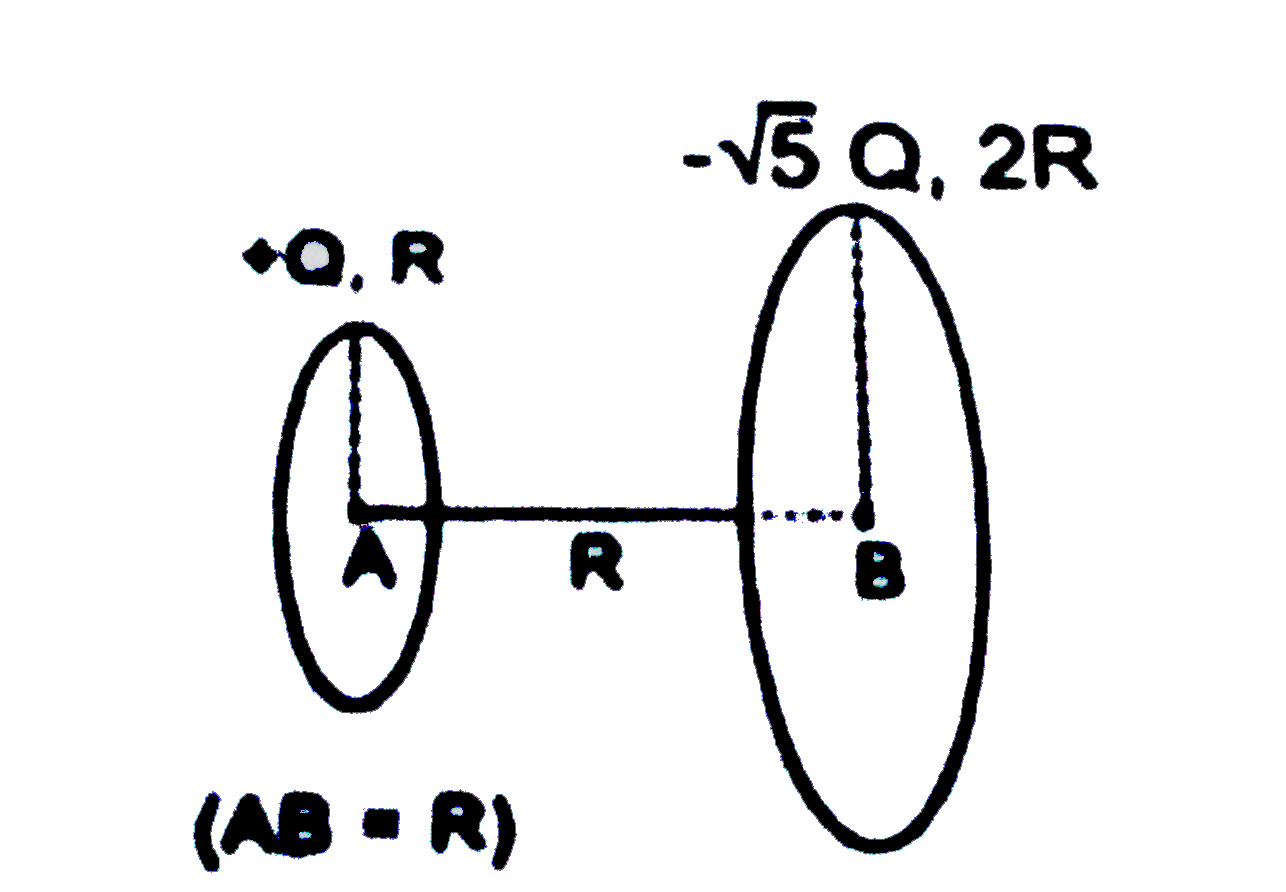
VA=KQR+K(−√5Q)√(2R)2+(R)2,VB=K(−√5Q)2R+K(Q)√(R)2+(R)2
from above, we can esily find VA−VB.
Topper's Solved these Questions
- BOOK - RESONANCE ENGLISHCHAPTER - ELECTROSTATICSEXERCISE - Problems22videos
ELECTROSTATICS
- BOOK - RESONANCE ENGLISHCHAPTER - ELECTROSTATICSEXERCISE - Exercise-1 Section (A)9videos
ELECTROSTATICS
- BOOK - RESONANCE ENGLISHCHAPTER - ELECTROMAGNETIC INDUCTIONEXERCISE - A.l.P19videos
ELECTROMAGNETIC INDUCTION
- BOOK - RESONANCE ENGLISHCHAPTER - EXPERIMENTAL PHYSICSEXERCISE - PART -II10videos
EXPERIMENTAL PHYSICS
Similar Questions
Potential difference across AB , i.e., VA−VB is
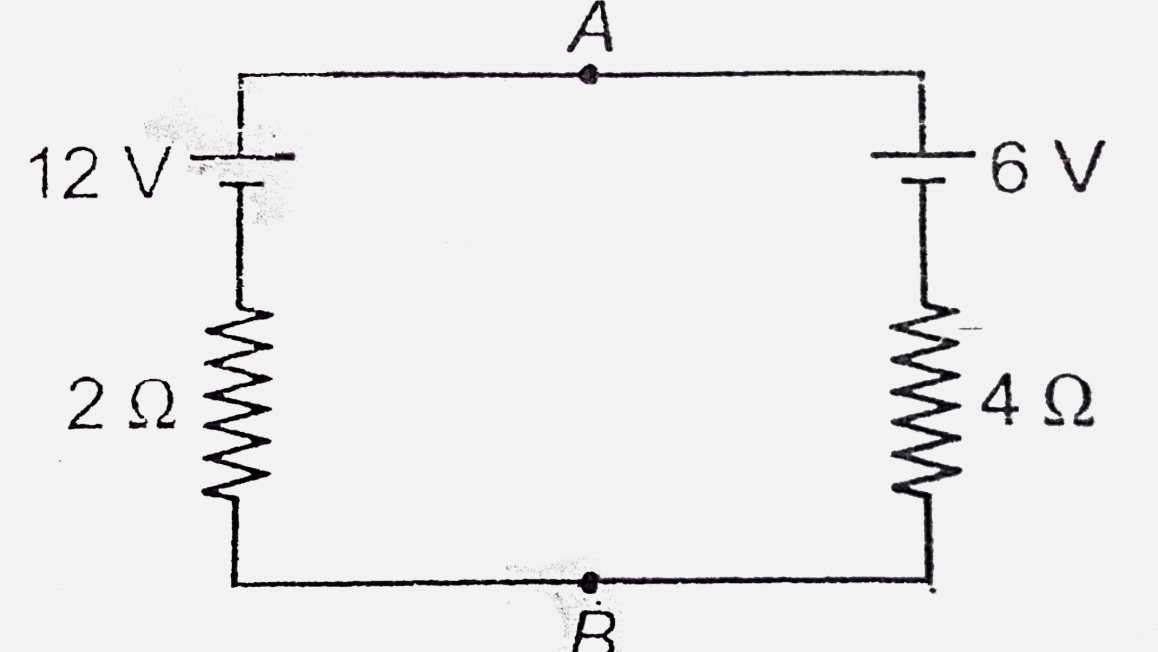 View Solution
View SolutionPotential difference between points A and B (i.e. VA−VB) is -----
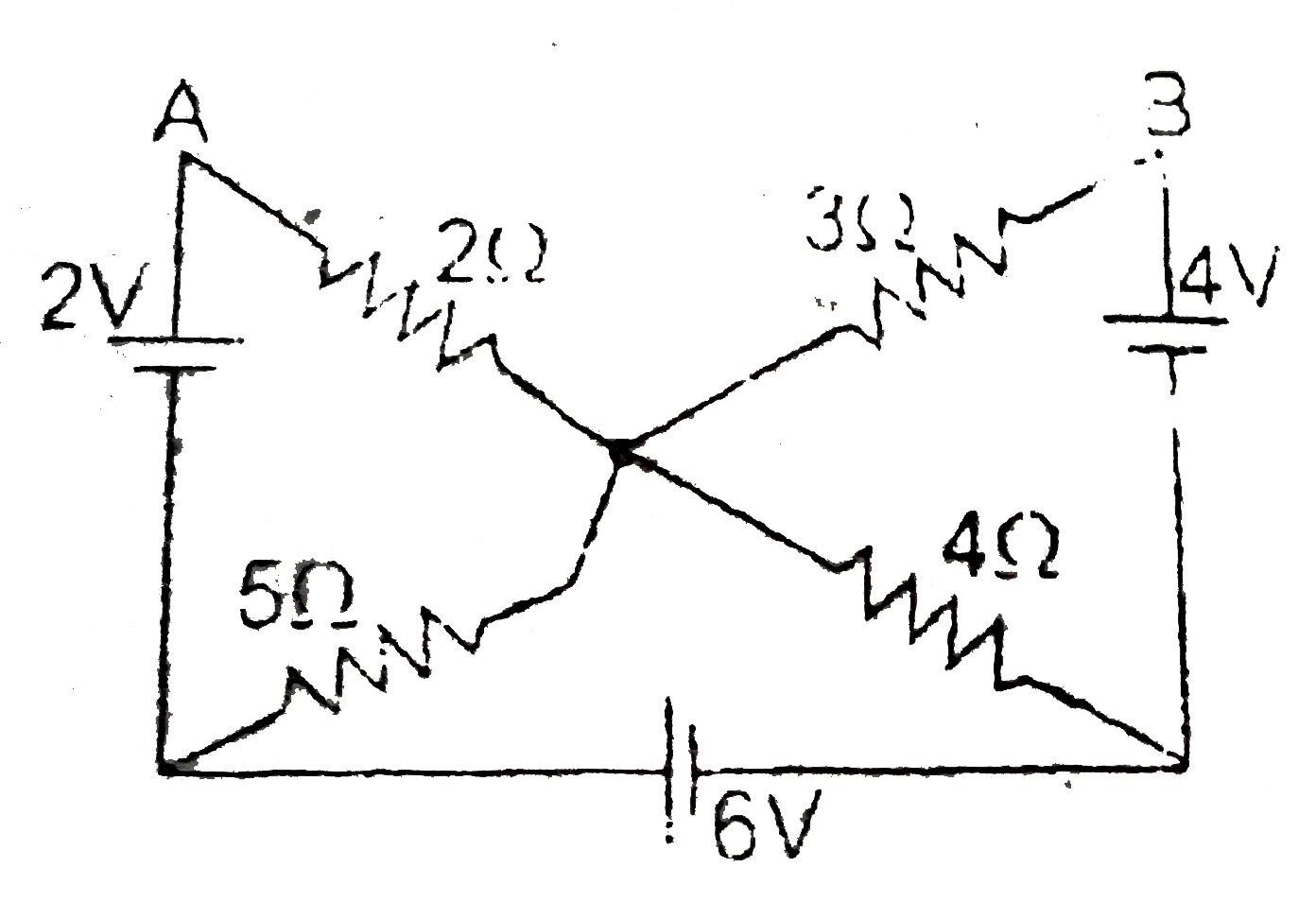 View Solution
View SolutionConsider
 .
.
The potential difference VA−VB is.View SolutionIn the figure shown, conducting shells A and B have charges Q and 2Q distributed uniformly over and B. Value of VA−VB k is kQnR. Find n(k=14π∈0
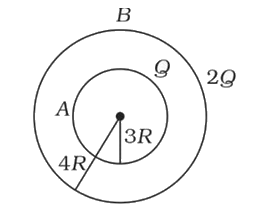 View Solution
View SolutionAn infinite thin non - conducting sheet has uniform surface charge density σ. Find the potential difference VA−VB between points A and B as shown in the figure. The line AB makes an angle of 37∘ with the normal to the sheet. (sin37∘=35)
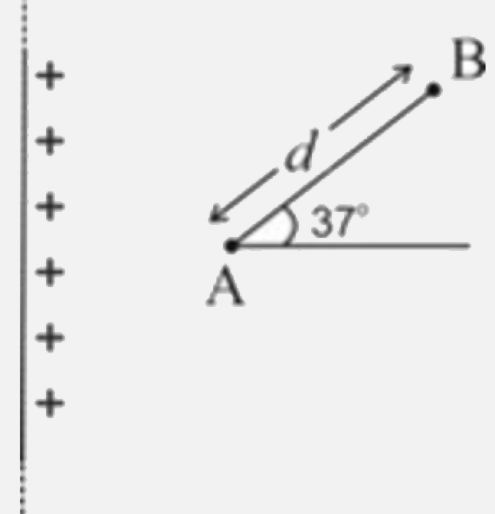 View Solution
View SolutionPotential difference VB−VA in the network shown is
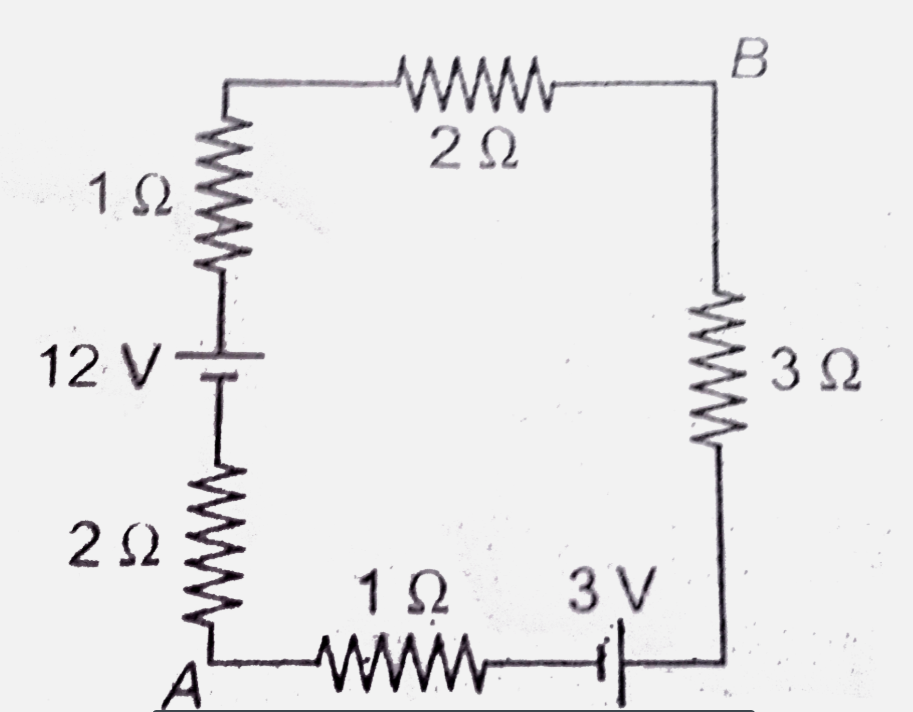 View Solution
View SolutionIn figure two points A and B are located in a region of electric field . The potential difference VB−VA is
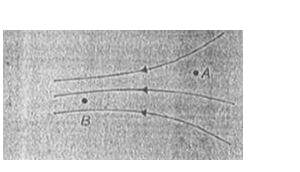 View Solution
View SolutionAn infinitely long line of linear charge density λ is shown in the figure. The potential difference VA−VB between the two points A and B is
 View Solution
View SolutionThe following figure shows a part of a circuit,the potential difference between C and B(VC−VB) is
 View Solution
View SolutionThe figure shows an inductor of 2H through which a current increasing at the rate of 5A/sec is flowing.Find the potential difference VX−VY.
 View Solution
View Solution

